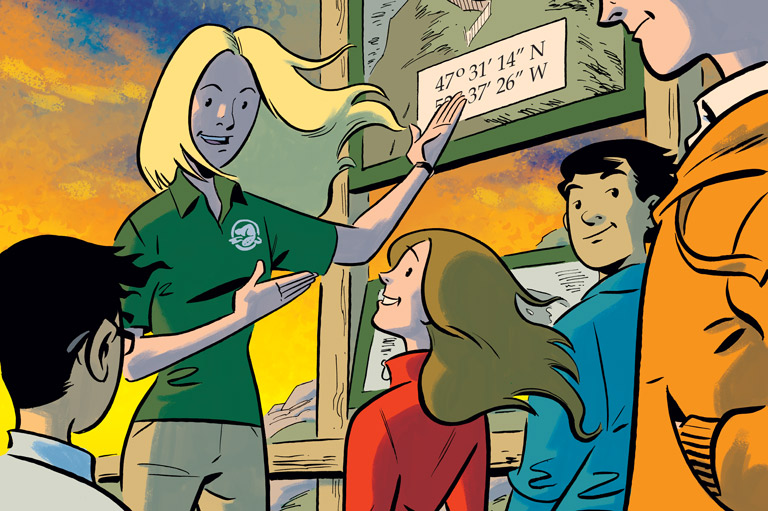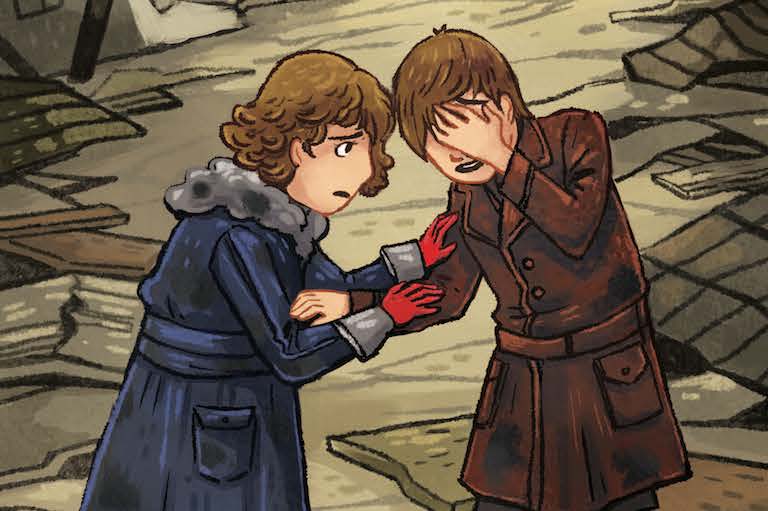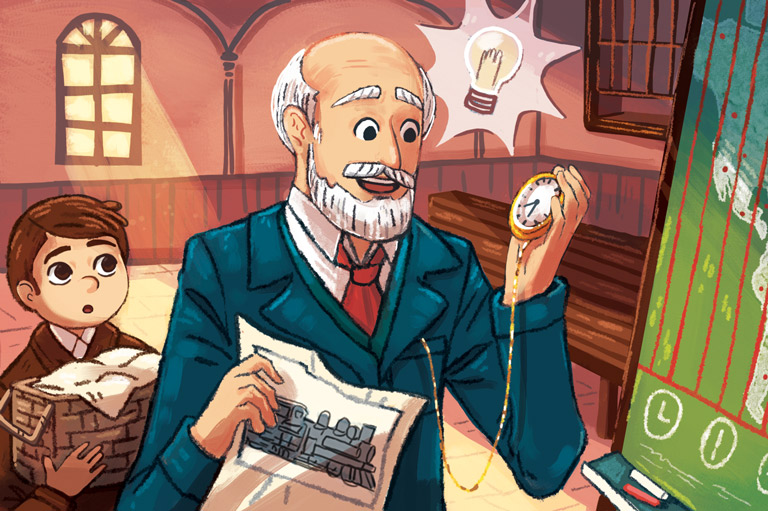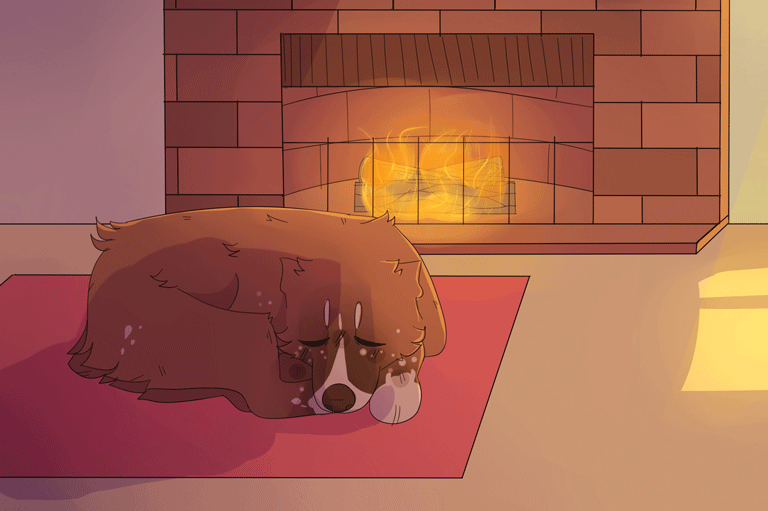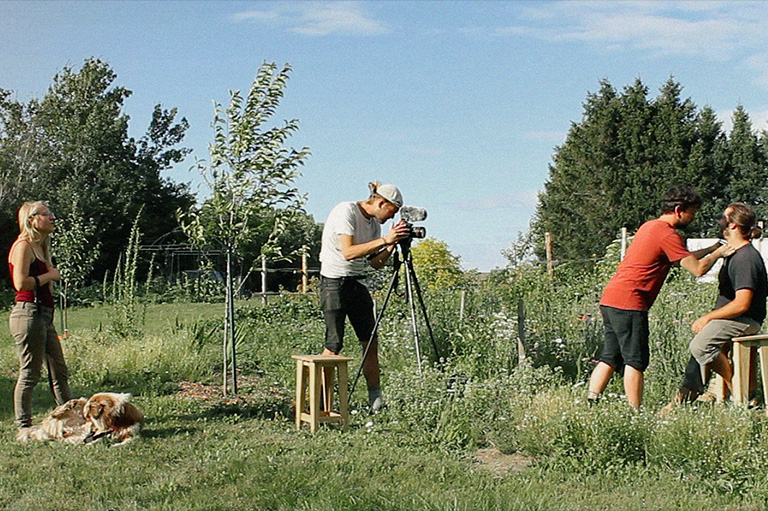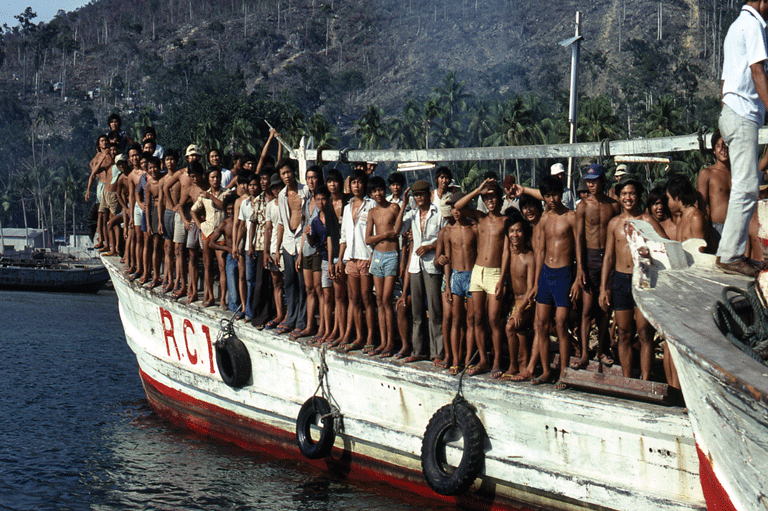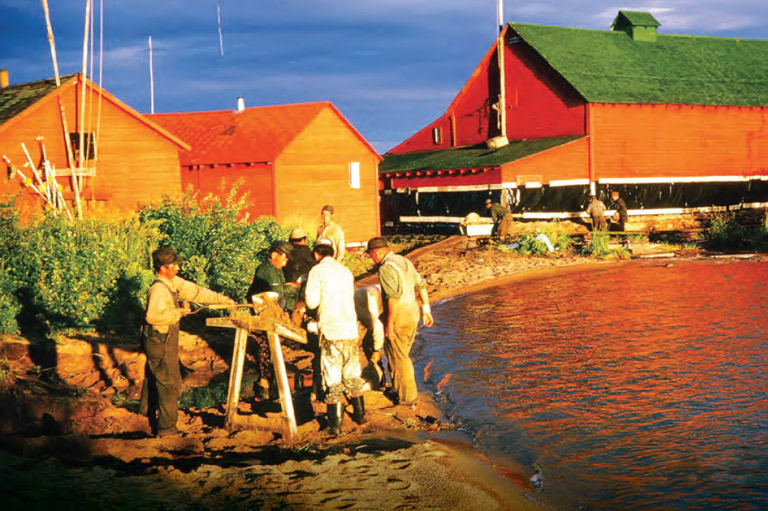Discover a wealth of interesting, entertaining and informative stories in each issue, delivered to you six times per year.
The Woman Who Loved Cities
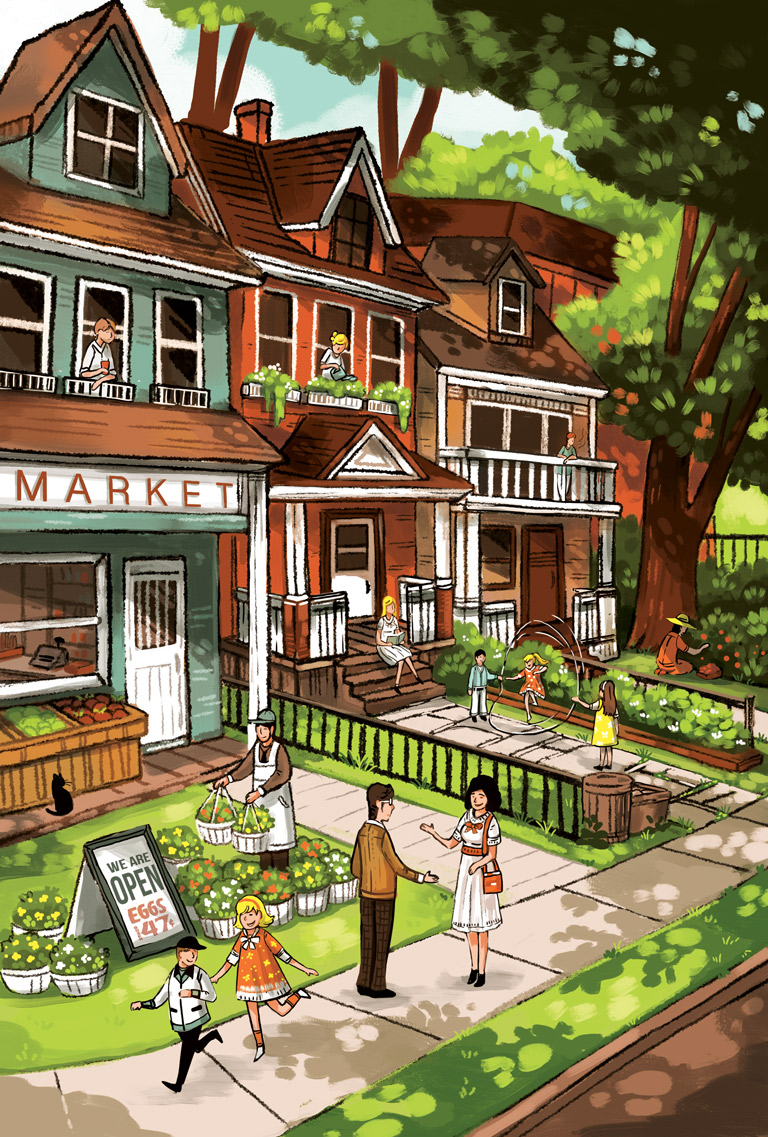
New York City, 1934
“Next stop, Christopher Street” the subway announcer repeated. Christopher Street. That had a nice ring to it, Jane thought. And it was a neighbourhood she hadn’t explored yet. It wasn’t so bad being turned down for jobs in the big city if it meant she had part of her day free just to ramble. At 18, she had lots of time to find work, and besides — there was a whole city to discover.
As she walked up from underground into the sunlight, a huge grin spread over Jane’s face. All around her there were noises and smells … and she loved every bit of it. Shouts in Italian and German mixed with English. A small fish market stood right beside a shoe repair place, with bookstores, grocery stores, cafes and more all jumbled together. People who looked like artists and writers sat sipping coffee and having what Jane imagined were important conversations.
She grinned again. This was Greenwich Village, and to her, it was perfect.
New York City, 1956
Some people shifted in their chairs, frowning at what the woman on the stage was saying. Others sat quietly, intent on every word Jane spoke.
“City planners and politicians want to wipe out these lively neighbourhoods and put people in new apartment towers where they’ll never see each other,” she said, her voice gaining power as she spoke.
“Or, even worse, they want to tear down our communities and build huge highways to take people to new houses outside the city.”
“For shame!” the audience shouted. “They can’t do that!”
“They say ‘Out with the old; in with the new,’” she continued. “But in our old neighbourhoods, like Greenwich Village, people watch out for each other. They meet each other on the sidewalks. Everyone is safer because you have all those eyes on the street.”
She paused and looked up. “The garbage collectors. The children walking to school. People doing their errands. It’s like a sidewalk ballet.”
Sign up for any of our newsletters and be eligible to win one of many book prizes available.
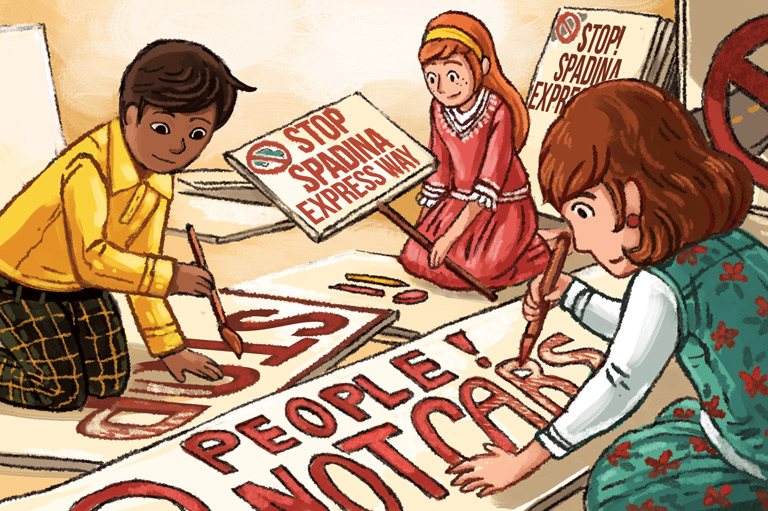
Toronto, 1969
“Is expressway one word or two?” Kevin asked his friend Rina.
“Are you painting the banner or the signs?” Rina asked, a bit flustered. “I thought the other group was doing that. Anyway, it doesn’t matter. Expressway is two words.“
A woman with white hair and thick glasses who’d wandered over spoke up. “Actually, I believe it’s one word. At least, that’s what we put on our banners in New York when the city wanted to build a big new highway just like Toronto is trying to do here.”
The younger pair looked surprised. “So you’re American?”
“Yes,” the woman replied. “We moved here when the United States got involved in the war in Vietnam. It was awful and unjust. We opposed it every way we could, but there was no way we were staying to see our sons forced to fight.
We loved Toronto right away. We live in the Annex, and it reminds me of Greenwich Village. There are students and working people and families. I only have to walk a few blocks to buy fruit and vegetables. We thought it would be so peaceful.”
She laughed. “But as soon as we arrived, we discovered city planners here were trying to do the same thing as in New York—force a big highway right into the heart of the city. It would destroy it! Cities are for people, not cars.”
Rina started rummaging through her backpack. “You know, you’d love this book. It talks about all this stuff. It’s called The Life and Death of Great American Cities.”
The woman smiled again. “Actually, it’s Death and Life. The Death and Life of Great American Cities.”
“Right, of course,” said Rina, finally pulling the book out and riffling through the pages. “It talks about how walking helps people meet each other and how cheap old buildings are actually good because people can afford to live in them. It’s by …” Her voice trailed off as she looked at the photo of the book’s author and up at the older woman.
“Jane Jacobs. Yes, that’s me,” the woman said. “Now, shall we get to work on killing this Spadina Expressway idea?”
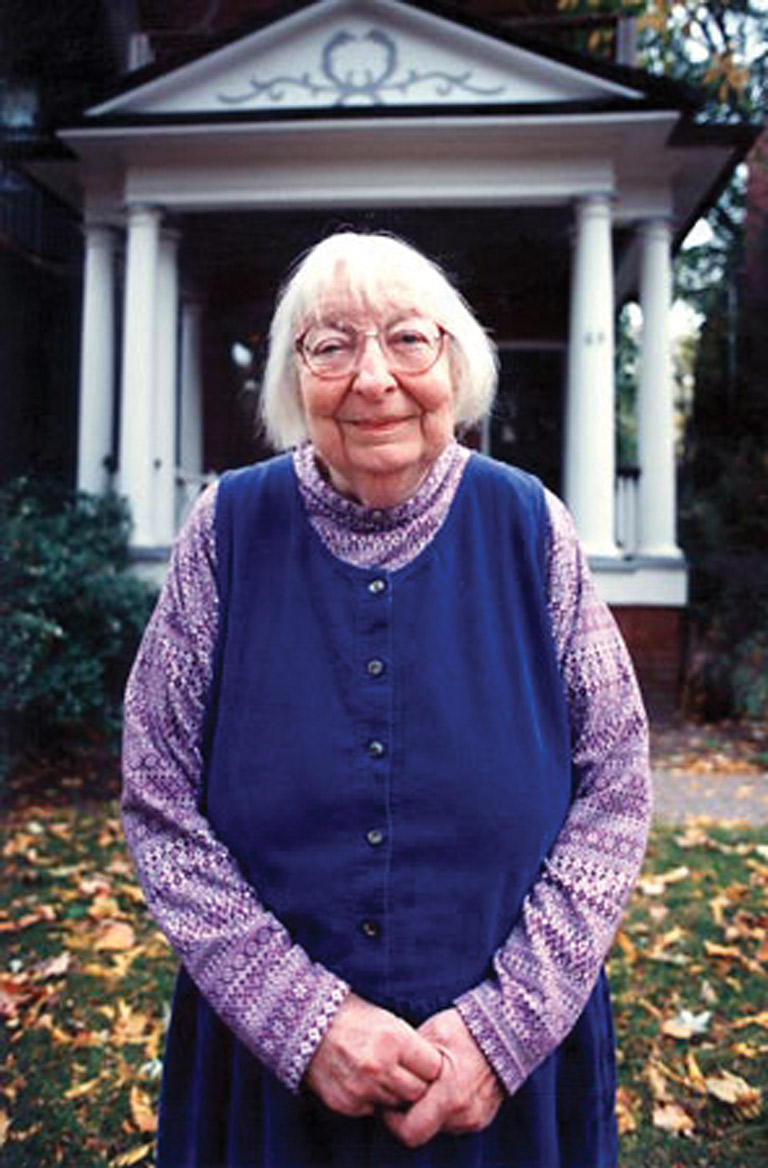
Jane Jacobs loved cities, and she was fascinated by what made them work.
She was not someone who designed buildings or planned where houses and roads should be built. Instead, she learned about cities by walking around them. Over time she noticed that some places felt friendly and busy while others felt unsafe or lonely.
As a journalist, she thought and wrote about cities. Her books, especially The Death and Life of Great American Cities, are still hugely popular with people who believe that planning a city has to focus on the people who live there. She fought plans to bulldoze older parts of New York to make way for a highway and apartment buildings, and eventually her group won.
She and her husband and sons moved to Toronto because they were sickened by American involvement in the Vietnam War. In her new home, she quickly took up the fight to stop the Spadina Expressway, which was finally halted in 1971.
Ontario’s premier at the time, Bill Davis, said, “If we are building a transportation system to serve the automobile, the Spadina Expressway would be a good place to start. But if we are building a transportation system to serve the people, the Spadina Expressway would be a good place to stop.”
Although she died in 2006, people across Canada and around the world hold Jane’s Walks every year in her honour, walking through and learning about their neighbourhoods.
If you believe that stories of women's history should be more widely known, help us do more.
Your donation of $10, $25, or whatever amount you like, will allow Canada’s History to share women’s stories with readers of all ages, ensuring the widest possible audience can access these stories for free.
Any amount helps, or better yet, start a monthly donation today. Your support makes all the difference. Thank you!
Themes associated with this article
You might also like...
Kayak: Canada’s History Magazine for Kids — 4 issues per year for as low as $14.95.
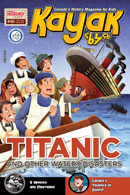
Canada’s History Archive features both English and French versions of Kayak: Canada’s History Magazine for Kids.


